- Architectural style: Neo-Futurist / Contemporary
- Height: 1,401 feet (427 meters)
- Designers: Kohn Pedersen Fox Associates
- Opened: 2020
- Location: Adjacent to Grand Central Terminal
- Observation deck floors: 91–93
SUMMIT One Vanderbilt isn’t just one of the tallest observation decks in New York, it’s also a feat of modern architecture. Designed by Kohn Pedersen Fox, the skyscraper fuses sustainability, transparency, and civic purpose into a soaring, sculptural statement that complements the historic Grand Central Terminal just below.
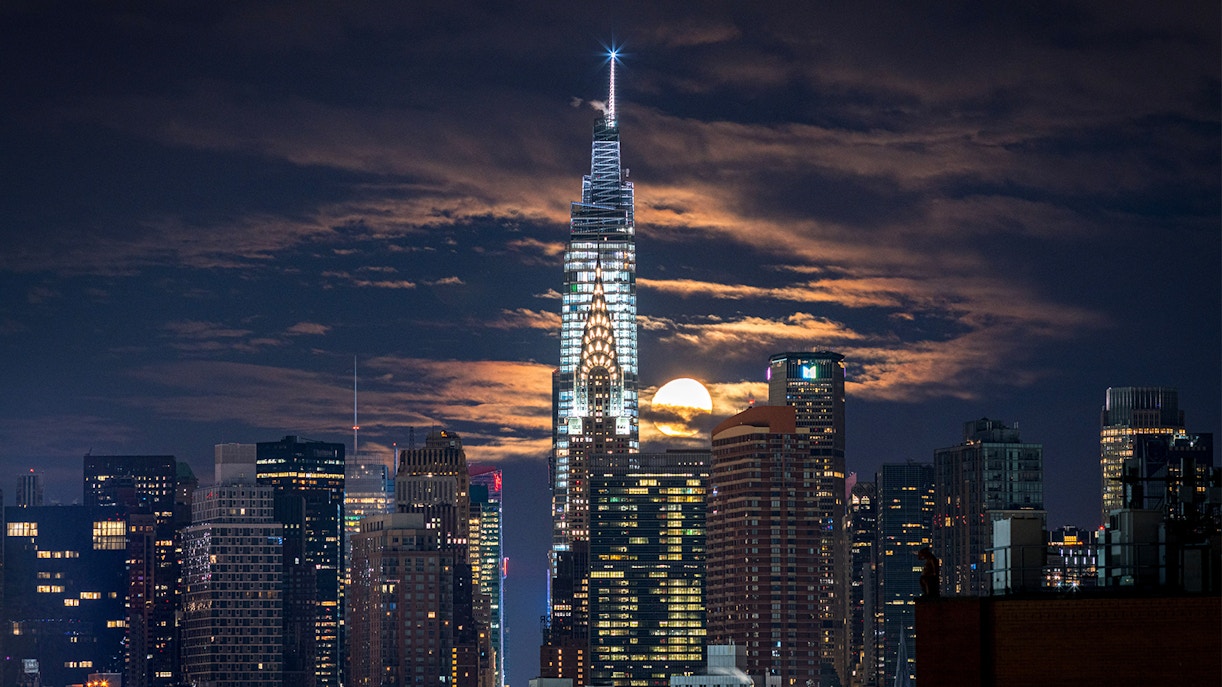
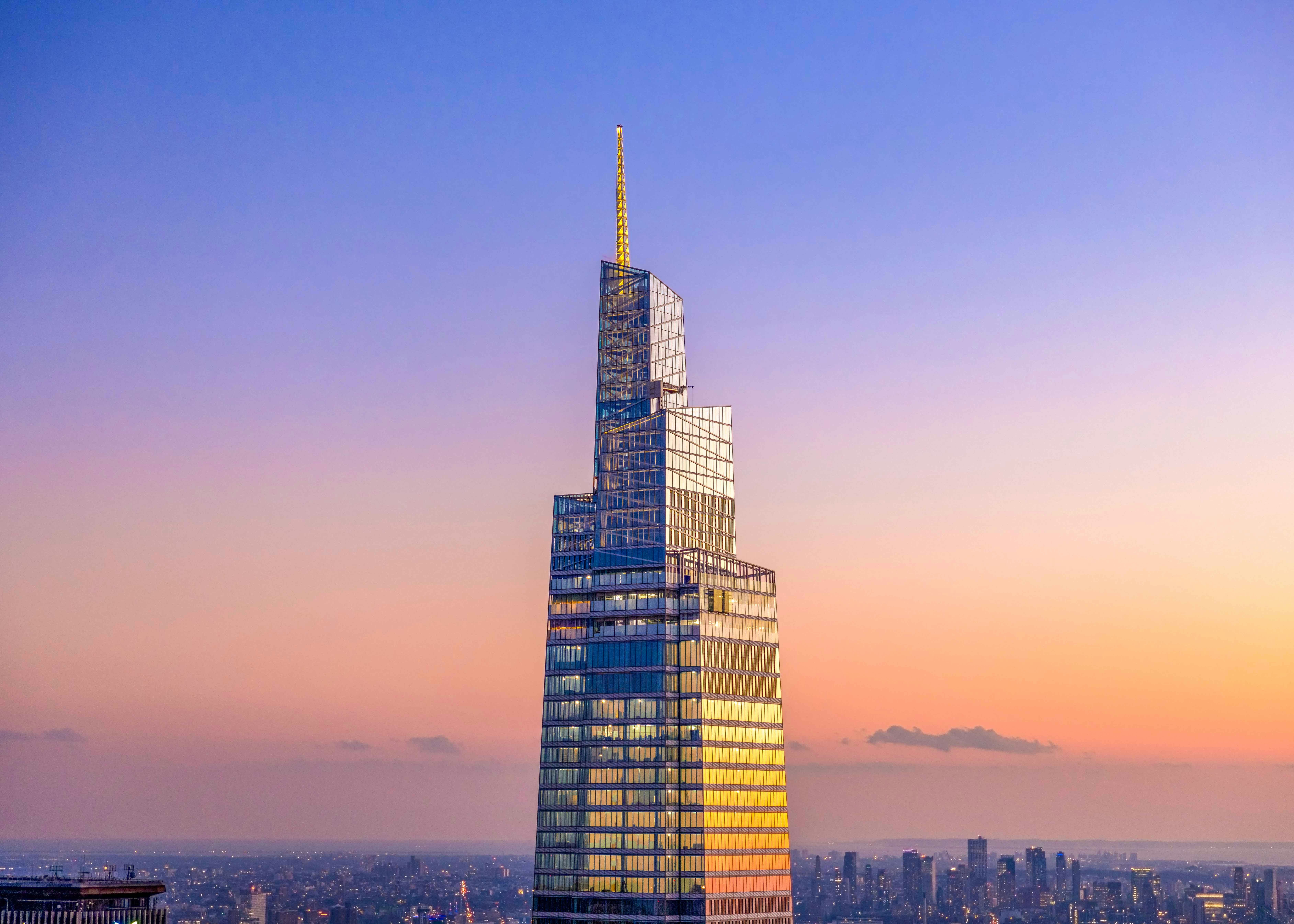
This design, with its sculptural, tapering form that narrows as it rises, respects Grand Central Terminal’s visibility while maximizing height.
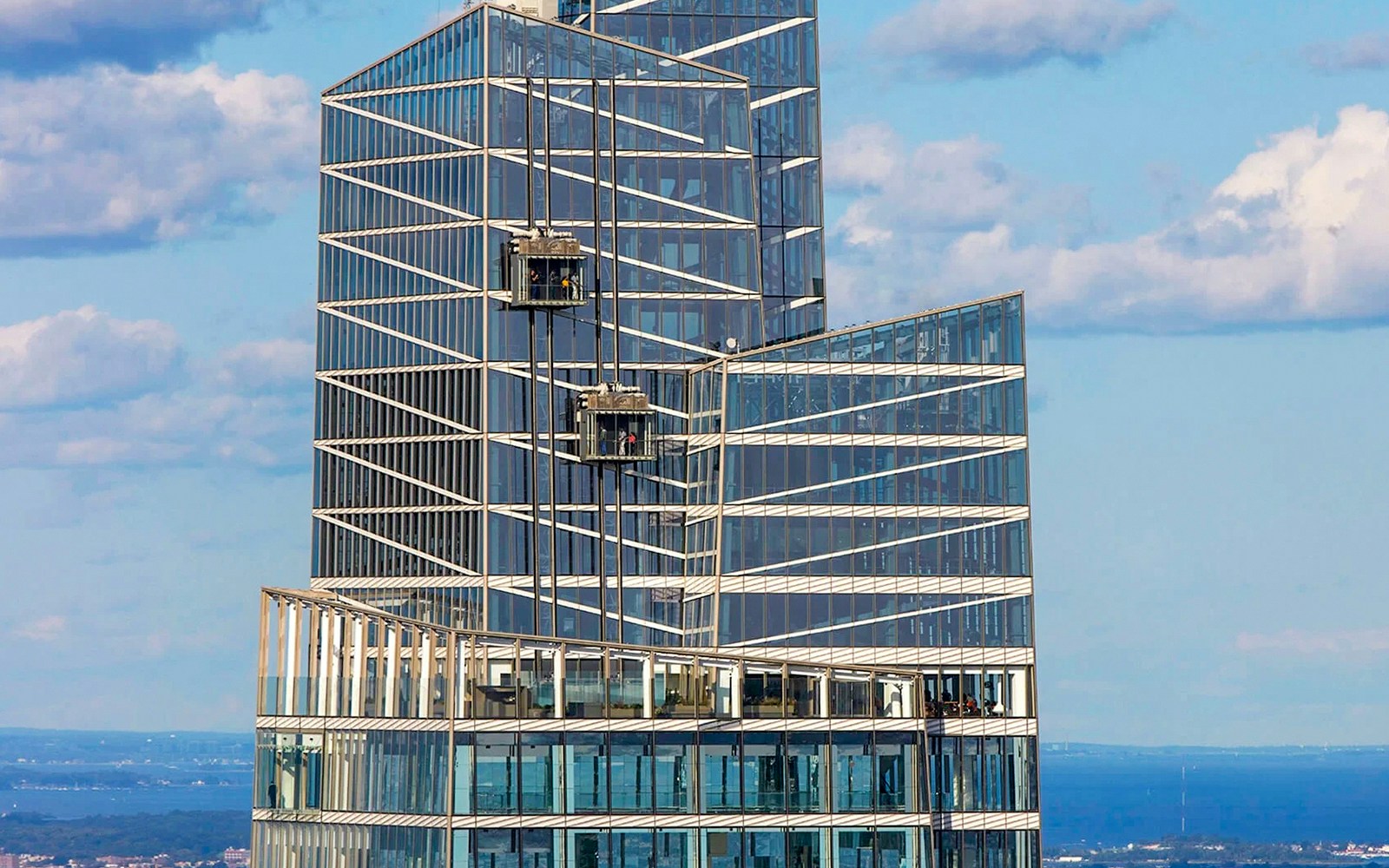
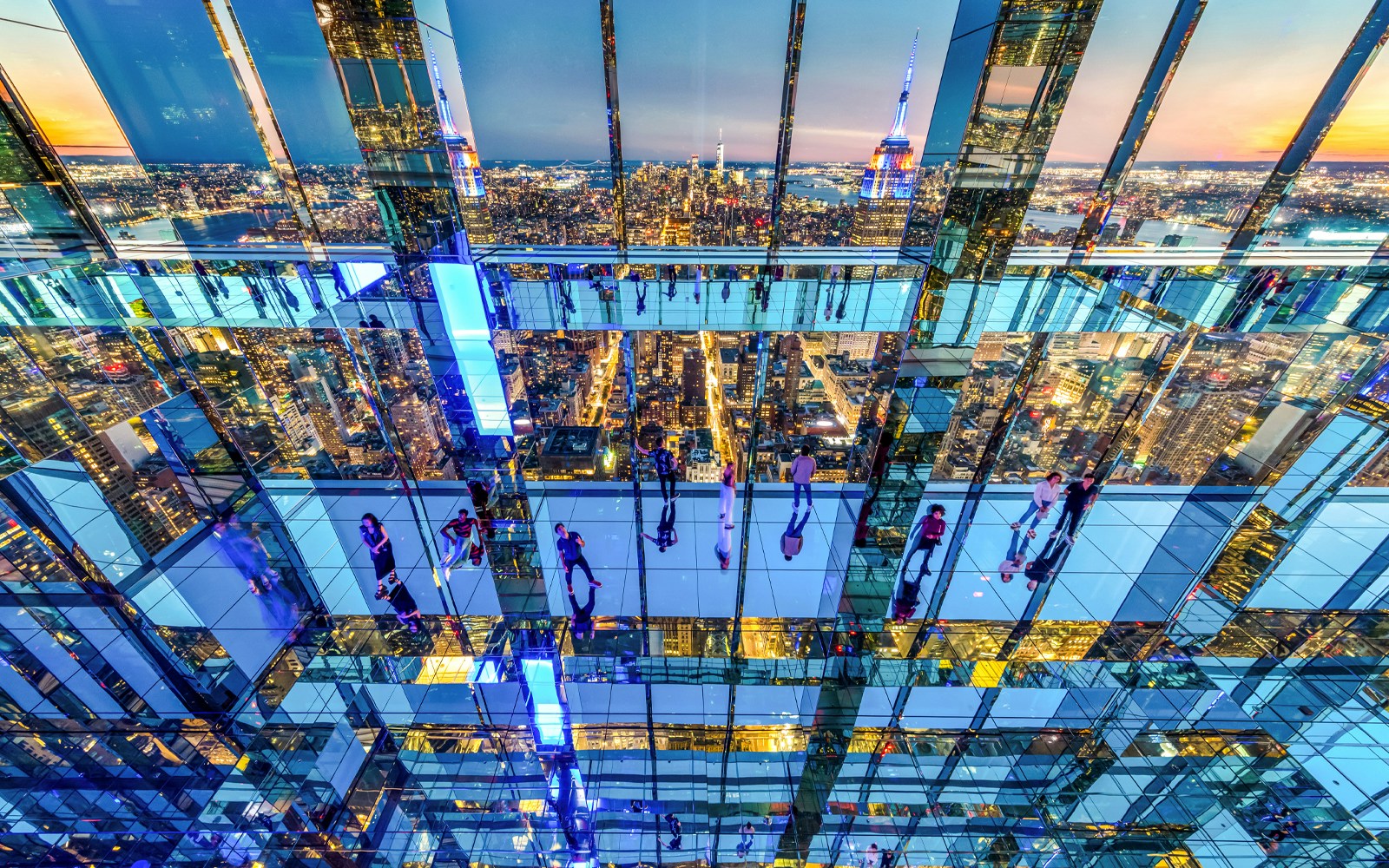
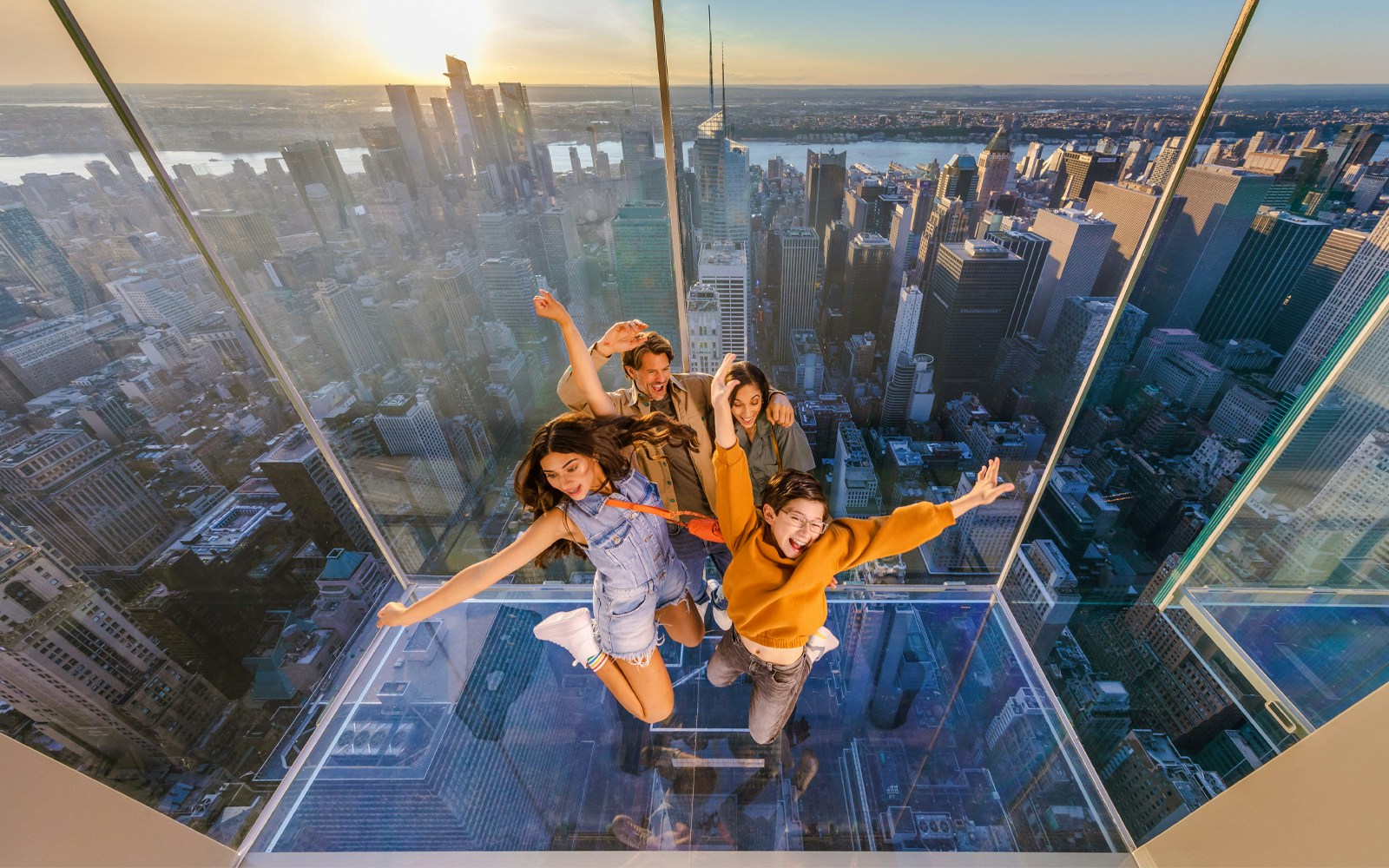

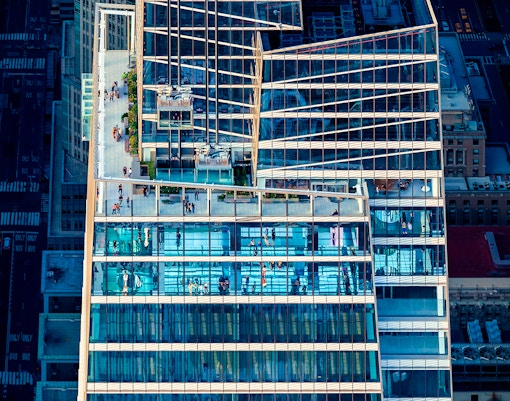
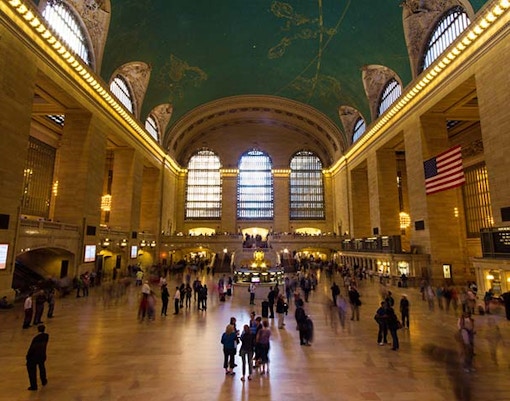
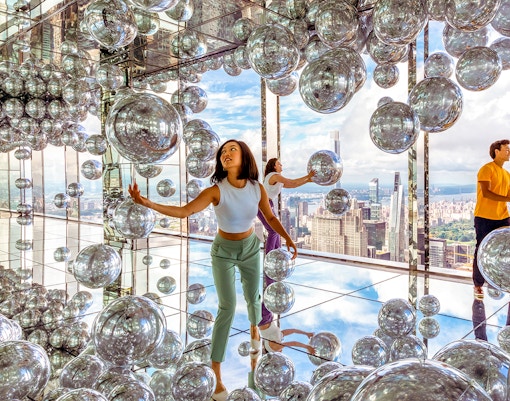

Phase 1: Vision & approval (2012–2015)
It all started with Midtown East’s rezoning. The vision? A modern skyscraper that would connect seamlessly to Grand Central and improve public transit access with help from the Metropolitan Transportation Authority.
Phase 2: Groundbreaking & core structure (2016–2019)
Once the foundation was dug, the steel skeleton and tiered setbacks began to climb. By 2019, the tower had officially topped out at 1,401 feet.
Phase 3: Interior & observatory build-out (2019–2020)
Ultra-fast elevators, mirrored chambers, and interactive exhibits like Kenzo Digital’s Air started taking shape.
Phase 4: Public opening (2021)
Despite pandemic delays, SUMMIT launched in 2021, debuting immersive art installations that made headlines worldwide.

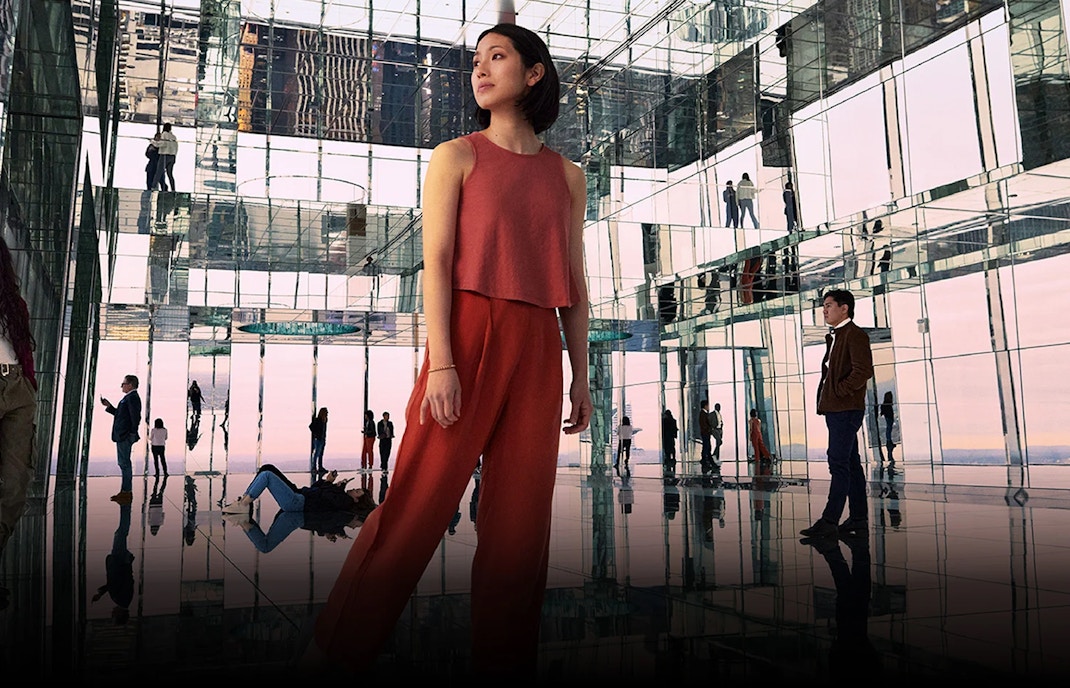
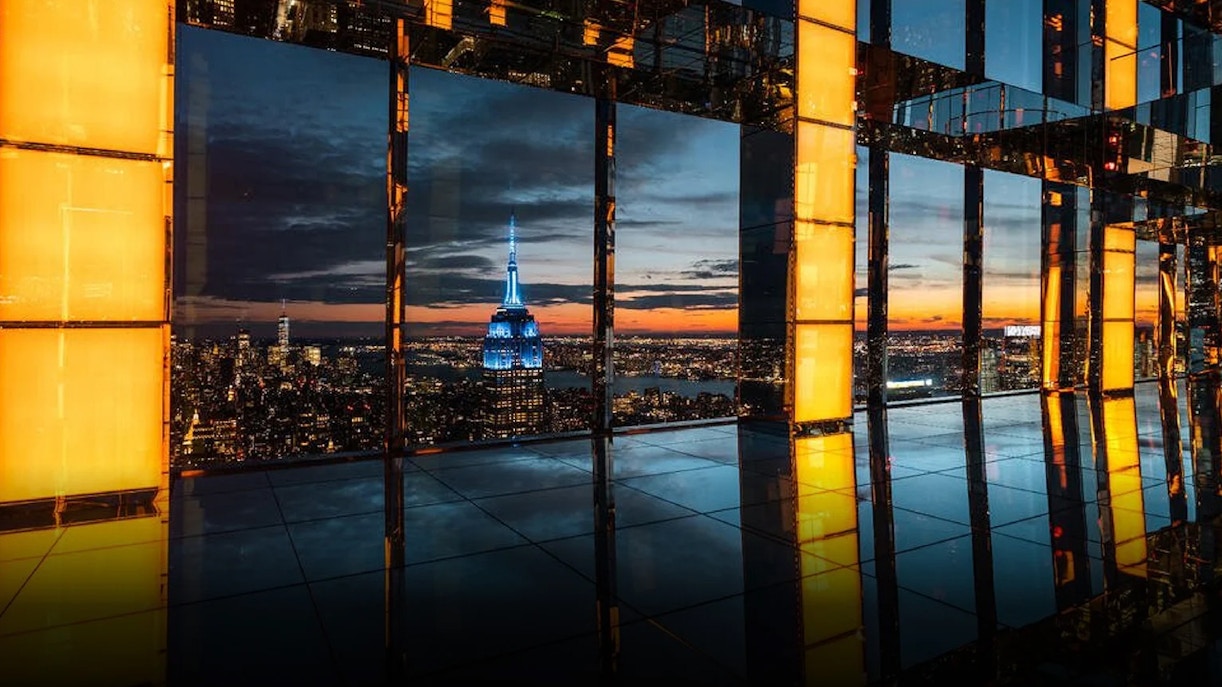
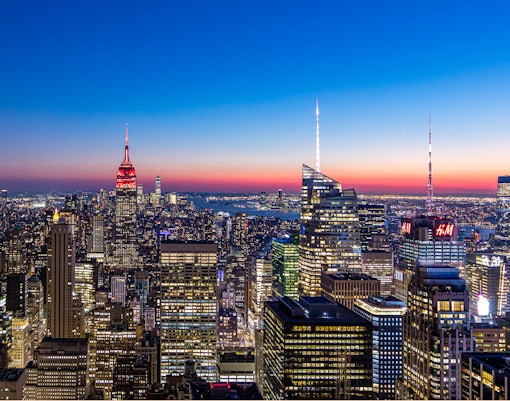
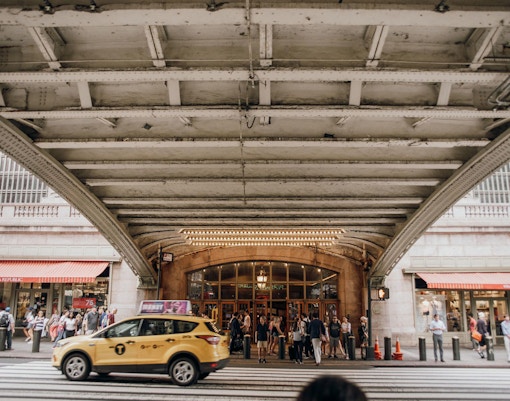

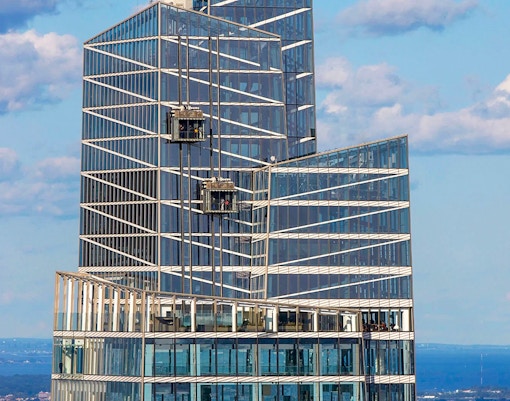
The interior architecture redefines what it means to be “inside” a skyscraper:
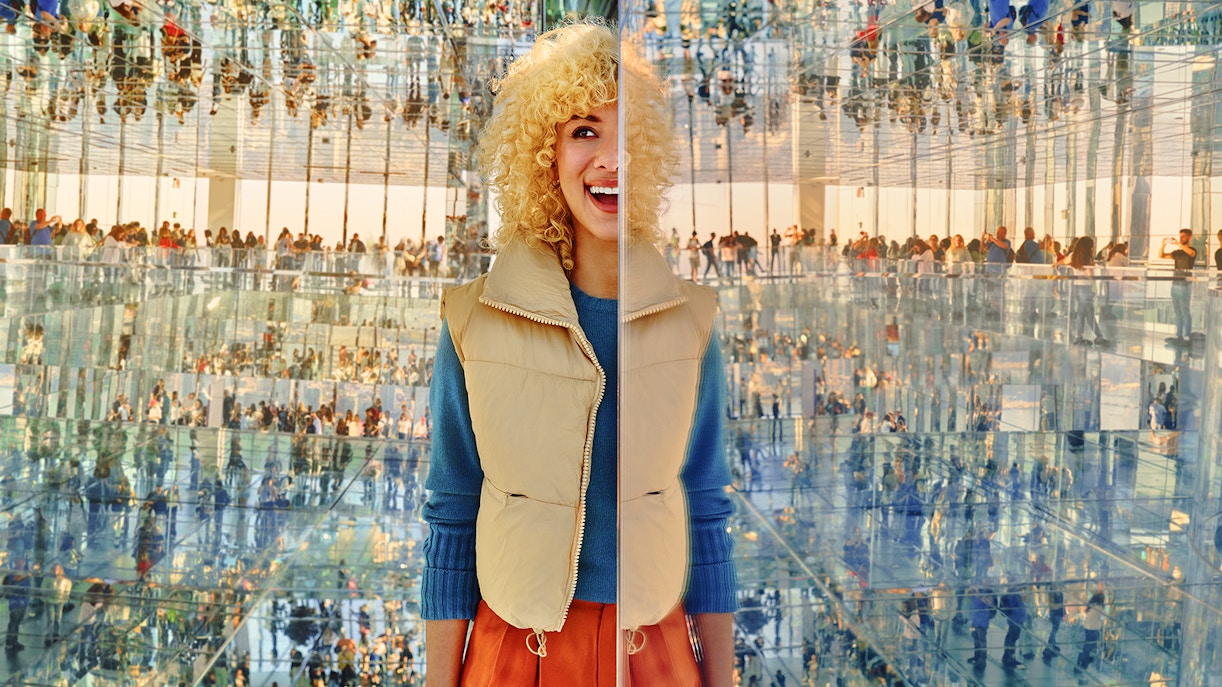
It blends bold height with immersive art, sustainability, and civic connectivity, making it one of the most innovative observation decks in the world.
The tower draws from classic NYC skyscraper forms while embracing Neo-Futurist ideals, transparency, lightness, and connection to nature.
Yes. SUMMIT One Vanderbilt is LEED Gold certified and incorporates energy-efficient systems and commuter-friendly access via Grand Central.
The mirrored spaces and art installations dissolve traditional boundaries between architecture, art, and environment.
SUMMIT One Vanderbilt Tickets
SUMMIT One Vanderbilt Night Experience Tickets
SUMMIT One Vanderbilt Guided Tour with Skip-the-Line Access
Combo (Save 10%): SUMMIT One Vanderbilt + Edge Observation Deck Tickets